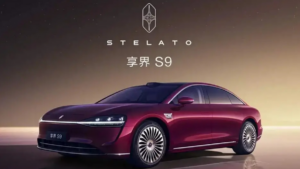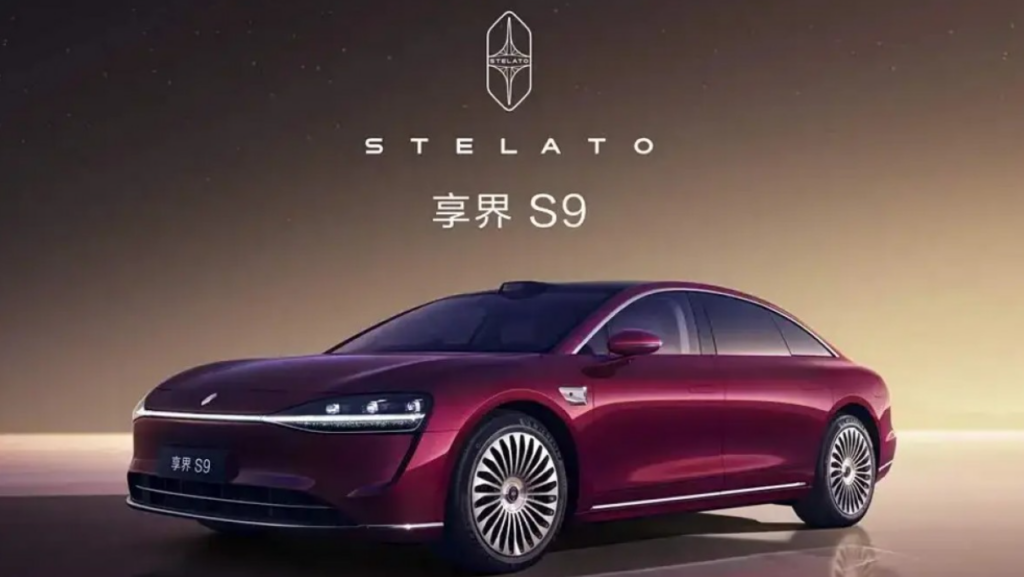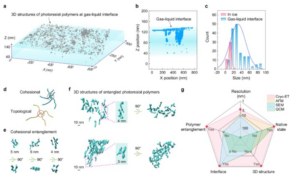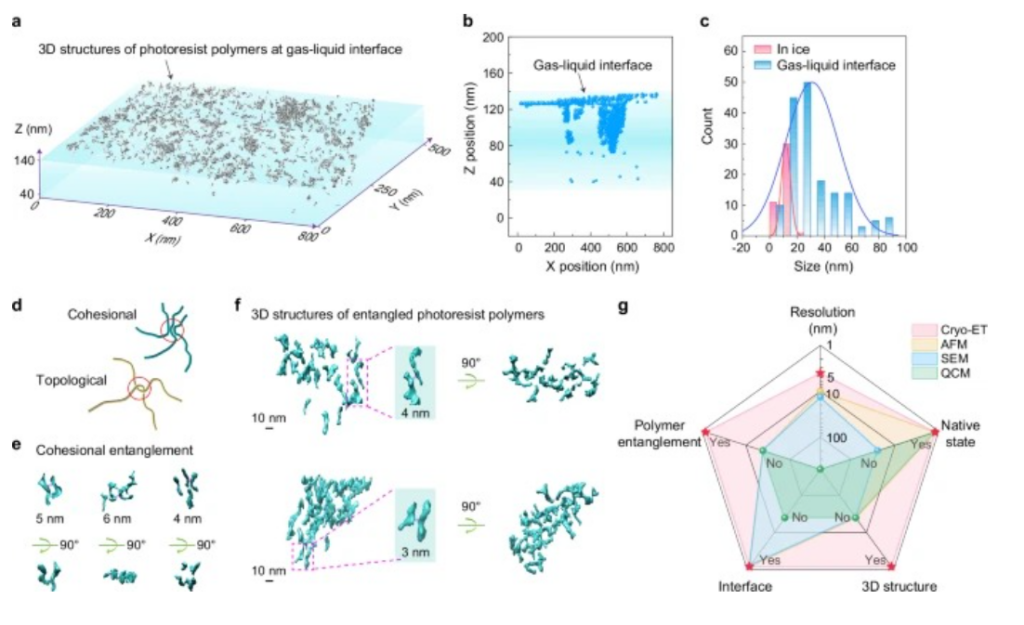Huawei–BAIC Stelato S9: Huawei’s Flagship Smart Sedan Gets a Major Upgrade

Key Highlights:
- The updated 2026 Stelato S9 launches in November 2025 under the Huawei–BAIC partnership.
- Features Huawei’s latest Qiankun ADS 4 intelligent driving system and 800V fast-charging EV tech.
- Marks Huawei’s deepening move into premium electric mobility through its Harmony Intelligent Mobility Alliance (HIMA).

A New Step in Huawei’s Auto Journey
Huawei and Beijing Automotive Group (BAIC) are set to launch the refreshed Stelato S9 in November 2025. The luxury sedan, positioned as a flagship under Huawei’s Harmony Intelligent Mobility Alliance (HIMA), showcases how the tech giant is embedding its smart systems deeper into the automotive industry. This will be the first major update since the S9 debuted in August 2024.
Although the car carries Huawei’s design and technology, it isn’t built by Huawei itself. Instead, it represents the company’s growing collaborations with major automakers to bring its hardware, software, and smart driving technologies to the road.
Elegant Design and Refined Details
The 2026 Stelato S9 retains its large, flowing sedan design but adds new premium styling touches. The front continues with Huawei’s signature “Universe Headlight” layout, now upgraded to the “Brilliant Star River” design. A new “Universe Star” emblem and a “Nebula Through-type” taillight bar give it a more futuristic look.
With a length of 5.16 meters and a wheelbase of 3.05 meters, the sedan promises spacious interiors, particularly focusing on rear-seat comfort and luxury. Customization options include unique trims, alloy wheels, and electronic side mirrors.
Intelligent Driving and Power Options
One of the biggest upgrades is the introduction of Huawei’s Qiankun ADS 4 autonomous driving system. The setup includes 4 LiDARs, 4D radar, and 36 sensors for 360° environmental awareness. This technology enables advanced driver-assistance and semi-autonomous driving features.
Buyers can choose between two versions: a pure electric (EV) model built on an 800V platform with a range of over 800 km, or an extended-range electric (EREV) model that offers up to 1,300 km using a gasoline-powered generator. Prices start at RMB 309,800 (≈ USD 43,500).
Strengthening China’s EV Ecosystem
The Stelato S9 isn’t Huawei’s first car, but it is the first vehicle co-developed with BAIC, expanding Huawei’s automotive footprint beyond its existing Aito, Luxeed, and Maextro brands. This collaboration reflects Huawei’s goal of merging AI, smart sensors, and EV technology into mainstream cars, strengthening China’s position in the global electric vehicle market.
For consumers, this means smarter, more connected cars at competitive prices, while for the industry, it signals a new phase where tech firms rival traditional automakers in innovation and intelligence.
Read More:
- Tech War Intensifies: China’s Lithography Breakthrough Challenges U.S. Semiconductor Edge
- ChatGPT Goes Free in India for a Year And Here’s Why OpenAI Is Doing It
- China is the World’s Robot Superpower: Installs More Robots Than the Rest of the World Combined
The post Huawei–BAIC Stelato S9: Huawei’s Flagship Smart Sedan Gets a Major Upgrade appeared first on Gizmochina.




